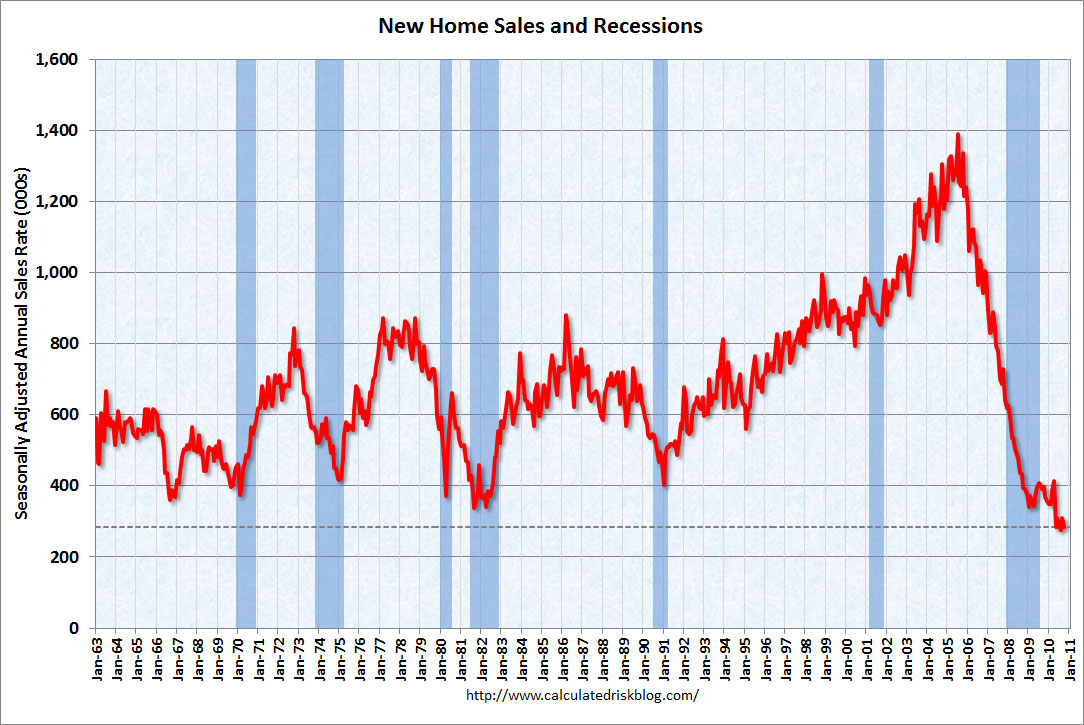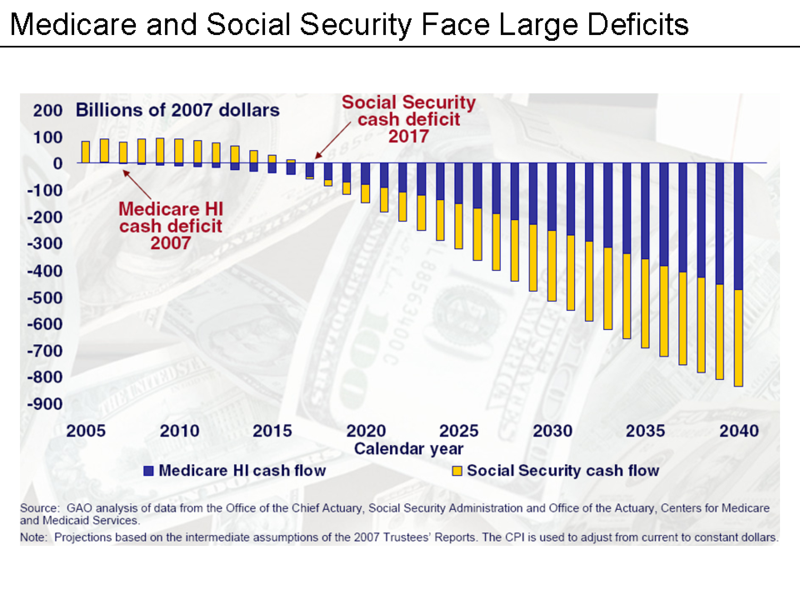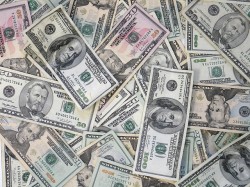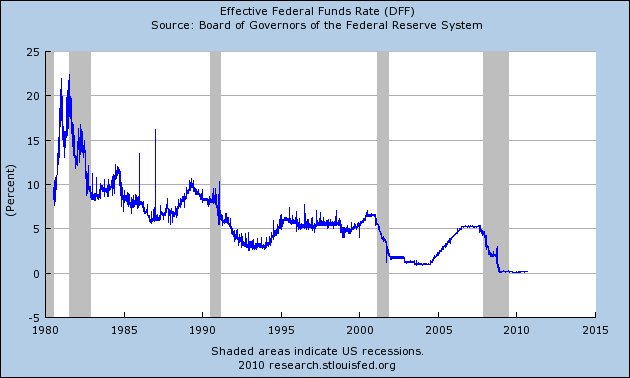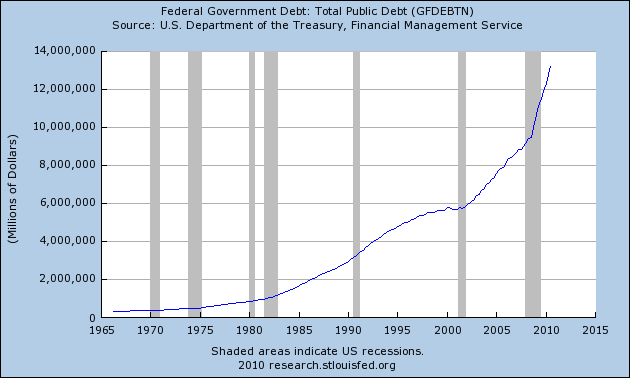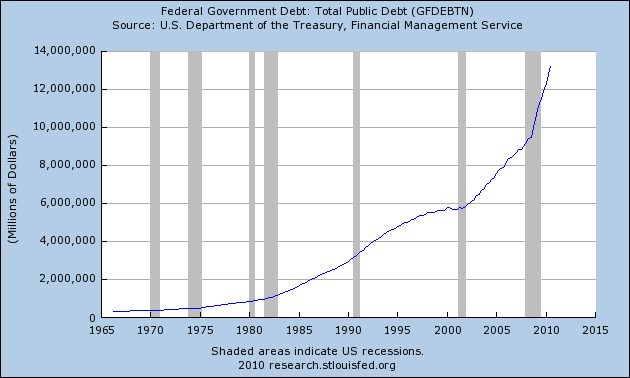 Over the coming weeks, Americans will be wishing each other “happy holidays” millions upon millions of times. But are these really happy times? Record numbers of Americans are going to be going hungry and cold this winter. Millions upon millions of our fellow citizens would gladly give up all holiday celebrations in exchange for a decent job. The vast majority of us have plenty of examples of horrible personal tragedy all around us this holiday season, and much of that tragedy has been brought on by the deteriorating economic conditions. Meanwhile, we have a “control freak” government that wants to establish an even tighter grip over our lives and that now insists on either viewing our exposed bodies or groping our private areas before we can get on an airplane. Once upon a time in America the holiday season was a time to rejoice because we lived in a prosperous land where liberty and freedom were respected, but today we live in a nation with a highly centralized economy dominated by a federal government that is becoming more “totalitarian” by the day.
Over the coming weeks, Americans will be wishing each other “happy holidays” millions upon millions of times. But are these really happy times? Record numbers of Americans are going to be going hungry and cold this winter. Millions upon millions of our fellow citizens would gladly give up all holiday celebrations in exchange for a decent job. The vast majority of us have plenty of examples of horrible personal tragedy all around us this holiday season, and much of that tragedy has been brought on by the deteriorating economic conditions. Meanwhile, we have a “control freak” government that wants to establish an even tighter grip over our lives and that now insists on either viewing our exposed bodies or groping our private areas before we can get on an airplane. Once upon a time in America the holiday season was a time to rejoice because we lived in a prosperous land where liberty and freedom were respected, but today we live in a nation with a highly centralized economy dominated by a federal government that is becoming more “totalitarian” by the day.
But we are told that centralized control by an overwhelmingly powerful national government is good in our case because “they” know what is best for us.
Oh really? They sure have done a great job “managing” our economic system, haven’t they? Unfortunately, it seems as though anything that the federal government takes control over just gets more messed up.
The following are 28 hard questions that you should ask anyone who believes that having a highly centralized economy and a highly centralized government is good for us….
#1 Why is the U.S. government trying to put a choke hold on our food production system? S. 510, The Food Safety Modernization Act, is being called one of the most dangerous bills in American history. This very vague and incredibly broad bill (which you can read here) will give the U.S. government unprecedented control over the growing, storing and sale of food in the United States.
#2 Approximately 14.8 million Americans are unemployed this holiday season. So why in the world is the “greatest economy on earth” not able to provide jobs for all of them?
#3 Why are the U.S. and South Korea insisting on conducting 4 days of naval exercises in the Yellow Sea when tensions in the reason are at an all-time high and when a single mistake could spark an all-out war? Wouldn’t it be better to postpone these naval exercises until things have calmed down a bit?
#4 What prompted Russia and China to suddenly decide to quit using the U.S. dollar and instead start using their own national currencies when trading with each other?
#5 Why does it cost $181,757 per hour for Barack Obama to travel on Air Force One?
#6 Are we still a “great nation” when so many of our citizens are going hungry? According to a recent BBC report, 15% of all U.S. households experienced a shortage of food at some point during 2009. One of our readers named Gary recently left a comment that indicated that he encountered a very big crowd during his recent visit to a local food pantry….
The line at the food pantry was very long. There are a lot of folks who have little food and no money.
#7 If the U.S. economy is recovering, why were new home sales for October down 28.9 percent from a year ago and why were existing home sales for October down 25.9 percent over the previous year?
#8 Why are there so many reports of unprofessional behavior by TSA agents? For example, it is being reported that some TSA agents have specifically targeted attractive young women for “additional screening”.
#9 Why are U.S. home builders only selling one-fifth of the homes that they were selling during the “boom times” five years ago?
#10 How did a man who had been convicted of misdemeanor harassment and stalking get hired to be a TSA agent? Now it turns out he is being accused of abducting and sexually assaulting a woman. These are the people who are supposed to be protecting us?
#11 In the “wealthiest nation on earth”, why are a record number of Americans going to be without heat this winter? According to the National Energy Assistance Directors’ Association, more than 10 million U.S. households will not be able to afford to heat their homes this winter without assistance, which would be a new all-time record. One of our readers named Elaine recently shared that she is one of those Americans that is going to be cold this winter….
It’s starting to get cold here in the mountains. I’m unemployed, no heat, at risk for foreclosure, etc. Everyone is at risk for this, it’s just that many of the muddleclass can’t face it yet. For a lot of us, it’s not cutting back on that bi-weekly latte that’s going to help, it’s cutting back on having electricity. Don’t judge the poor until you’ve been here.
#12 Why are Americans becoming so pessimistic about the future? According to one recent poll, now only 51 percent of Americans believe that today’s young people will have a better life than their parents did.
#13 How did we ever get to the point as a nation where only 39 percent of likely voters believe that the U.S. government is operating within the limits established by the U.S. Constitution?
#14 Why does the mainstream media largely ignore the fact that thousands of people are being slaughtered near the U.S. border with Mexico each year and a city just across the Mexican border is now being dubbed “the most dangerous place on earth”?
#15 What does it say about American politics that the companies that produce the new naked body scanners have more than doubled their spending on political lobbying over the last five years?
#16 Why is the Washington Post working so hard to defend the policies of the Federal Reserve?
#17 Have we now gotten to the point where the financial condition of the U.S. government is so bad that it will be virtually impossible to ever have a balanced federal budget ever again?
#18 Why aren’t more Americans deeply concerned about the dozens of nasty diseases that they could catch from TSA agents if they don’t change gloves between each groping?
#19 Why are there 18 times as many banks on the FDIC “problem list” as there were just four years ago?
#20 What does it say about the United States that now 39 percent of Americans believe that marriage is becoming obsolete?
#21 How can anyone claim that the U.S. economy is turning around as long as the number of Americans on food stamps continues to set a new all-time record month after month?
#22 As thousands of factories and millions of jobs continue to be shipped overseas, why does Barack Obama keep publicly proclaiming that globalism is so good for us?
#23 Why aren’t Homeland Security officials willing to consider changes to the new airport security procedures when many women are actually using the term “sexual assault” to describe their experiences with the new “enhanced pat downs”?
#24 The median wealth of a U.S. Senator in 2009 was 2.38 million dollars. So exactly what does that say about the health of our Republic?
#25 Why have our leaders allowed U.S. strategic grain reserves to shrivel away to almost nothing?
#26 In 2009, 54.9 million international tourists visited the United States, and those tourists spent approximately 93 billion dollars. How far will those numbers drop once stories of TSA abuse circulate all over the globe?
#27 If Congress does not authorize another emergency extension of long-term unemployment benefits, then what in the world are the 2 million Americans who are going to suddenly lose their checks going to do?
#28 Are there still any areas left in the United States where liberty and freedom are respected, where taxes are low, where regulations are not suffocating, where the people are friendly and where Americans can be free to live an independent lifestyle?


